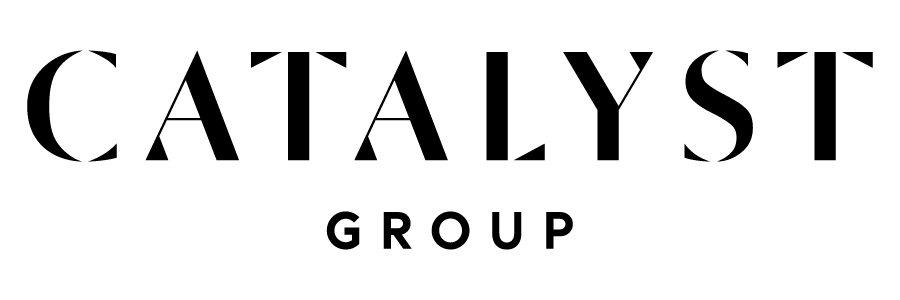How To Build a Smarter Buyer Wish List
According to American Lifestyle, there are so many things to think about when deciding to begin a home search. How many bedrooms and bathrooms do you need? Do you want stairs or are you hoping to have everything on one level? Of course, there’s the all-important question of flooring, countertops, and light fixtures. But what else should you be thinking about—and how can you build a smarter wish list that really adds value?
What does your wish list look like?
When you start perusing listings online, you’re probably spending most of your time looking at aesthetics—paint color, finishes, fixtures, and other “shiny objects” In addition, you’re probably thinking about convenience—a second home office, a fenced backyard, and space for a playroom.
It’s natural to think about those personal preferences when choosing a home, but a smarter wish list takes into account those “behind the wall” items that can either add value or cost you big money. In addition, you’ll want to consider whether your favorite wish list items will be worth the cost when and if you decide to sell the home in the years ahead.
Create a value-added wish list
Think beyond paint color and home-style when creating your wish list, and include the following elements in your calculations of the “perfect” home.
Great neighborhood
There’s a reason that the mantra for real estate professionals is “location, location, location.” The same home in two different neighborhoods can fetch two wildly different prices. It’s important to make sure that you understand the impact of a neighborhood on your enjoyment of the home.
One piece of advice that you may have heard is, “Buy the smallest home in the best neighborhood you can afford.” While you may be yearning for a fourth bedroom or a huge bonus room, it may be worth it to choose a smaller home if the neighborhood is ideal. In addition, you may want to consider an up-and-coming market rather than one that’s already filled with amenities. Owning a home in a newly desirable neighborhood may mean big appreciation over the next few years.
Market-appropriate extras
Do you have any unusual features on your wish list? Maybe you’re longing for a pool or extensive exterior spaces like an outdoor kitchen or oversized deck. Maybe you’re thinking of adding a large addition or a guest house once you close on your ideal property. Those are all great ideas, but will they fit the market you’ll be living in?
It’s important to make sure that any improvements you plan or unusual features you require are in keeping with other homes in your neighborhood. Otherwise, you could find yourself trying to sell a home that is so unusual, outsized, or downright odd that you’ll turn off potential buyers and lose money on the sale.
Maintenance savers
We know everybody’s focused on granite countertops and hardwood floors, but it’s a good idea to think about all of those less flashy elements that add value to your home. A new roof can cost you thousands of dollars, so if you have to choose between the ugly kitchen counters with a new roof or the gorgeous granite with an old one, take the new roof.
In addition, look for easy-care outdoor hardscapes and exterior materials to save on maintenance costs, especially if you live in an area where you experience a lot of rain or snow. By focusing on elements that are heartier and easier to maintain, you’ll save time and money year after year—more than enough money, in fact, to pay for some of those fancy wish list items.
Updated systems
Similarly, new appliances, HVAC, electrical, and plumbing systems save you money on maintenance, replacement, and the cost to operate. Just make sure that the homeowners have all of the paperwork so that you know when the systems were installed and that they are the right size and quality for the space. If in doubt, talk to your home inspector for additional information and insights.
What improvements can you make yourself?
What items are worth overlooking in order to add your own value to the home? Here are some wish list items you can cross off in favor of making your own easy fixes after closing.
Perfect Landscaping
What is one of the lowest cost, highest-return investments you can make in improving your home’s value? According to the National Association of REALTORS® (NAR), tree care offers 100 percent return on investment, and adding mature trees is a low-cost way to boost your home’s value. In fact, a great lawn and an upgraded exterior door are among the most cost-effective, highest ROI improvements you can make.
Paint Color
You’ve seen those HGTV home buyers complain about the paint color and rolled your eyes, right? If you find a house that has great bones but a terrible paint job, get excited! You can quickly improve the home’s aesthetics and value with new paint. And the best part? You can pick out the colors yourself so that it’s exactly what you want.
Finishes and Fixtures
Outdated light fixtures, mismatched switch plates, and old-fashioned faucets—they’re a definite turnoff. However, if the home has been well-maintained otherwise, these easy-to-swap features give you the opportunity to add big value at a low cost. Take a weekend and switch up everything or make the changes a little at a time. Whichever works for your budget and timeline, you’ll experience a sense of accomplishment and a hefty return on investment.
Your wish list is just that—yours. It’s up to you to decide what matters most to you and your family. But if you’re looking to make budget-friendly decisions, it’s important to look past the bright and shiny to the solid and secure.



